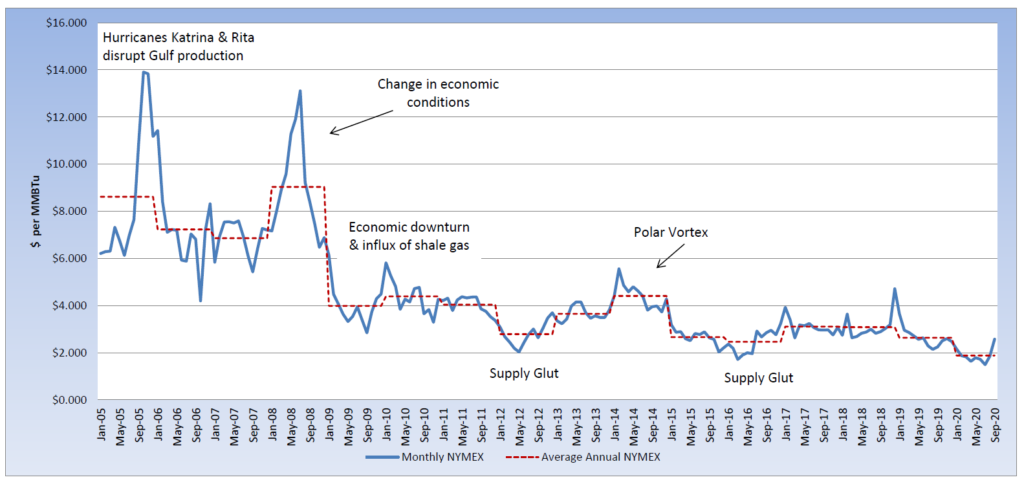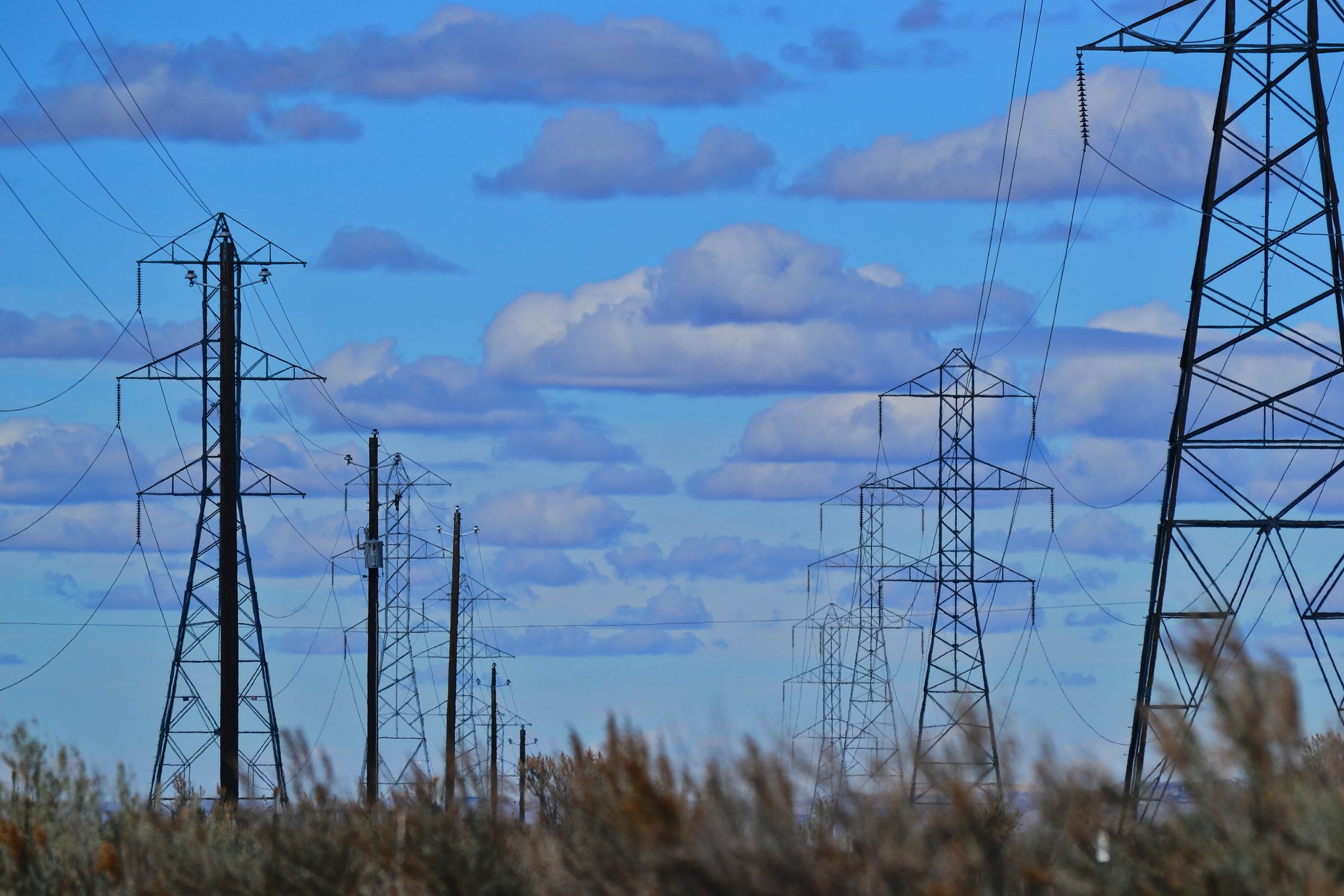
Since the attacks on the United States nineteen years ago, energy independence became a greater priority. Over the past years, we have become energy independent and the world’s leading producer of petroleum and natural gas. The upcoming election could determine the future of that path and it’s likely that we will continue to see volatility in the oil and natural gas markets, as we move closer to November. The market already has a history of volatility as we approach winter, as traders compare weather forecasts and demand, to available supply. Last week, the Energy Information Administration (EIA) reported a healthy injection of 70 Bcf into natural gas storage, compared to an average injection of 68 Bcf for the same week. Natural gas storage levels remain nearly 18% above last year’s level and 13% above the five-year average, for this same reporting week. Natural gas prices moved lower last week, as temperatures turned milder, for much of the country, and cooler temperatures are forecast for this week. A break from the heat reduces the demand for natural gas-fired peaking generation, to meet the increase in cooling demand. The September contract settled at $2.579 per MMBtu and the October contract appears to be meeting resistance near the $2.50 per MMBtu level. The October contract settled the week at $2.269 per MMBtu, where it seems to be receiving support. The market does not appear to be concerned with the storms currently brewing in the Atlantic, since they are not expected to disrupt natural gas production. Natural gas production and weather will continue to drive pricing this month.

